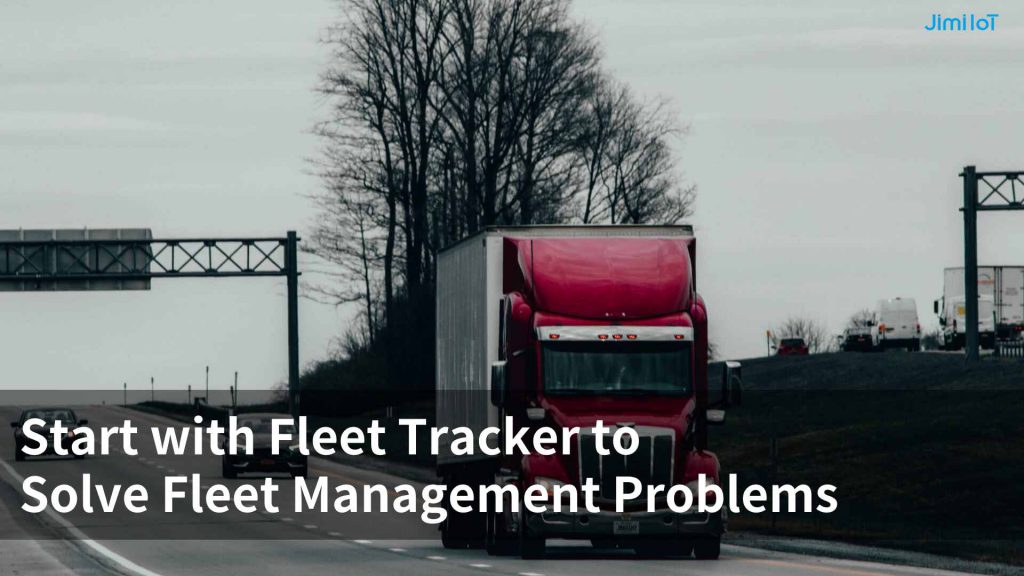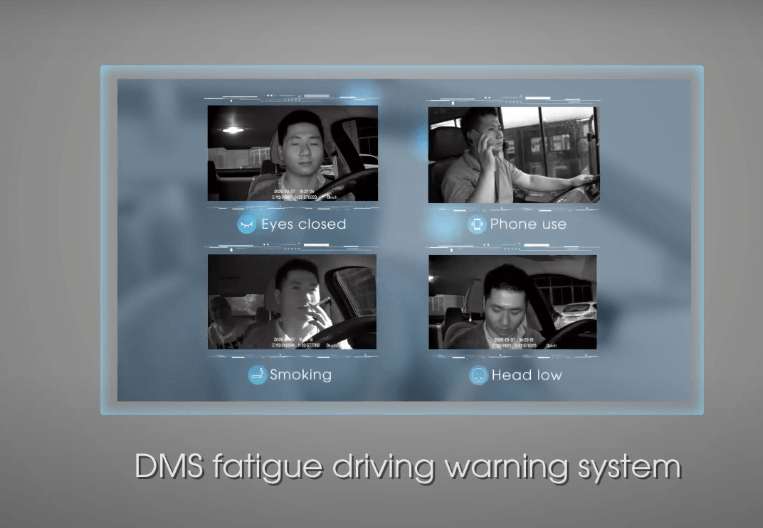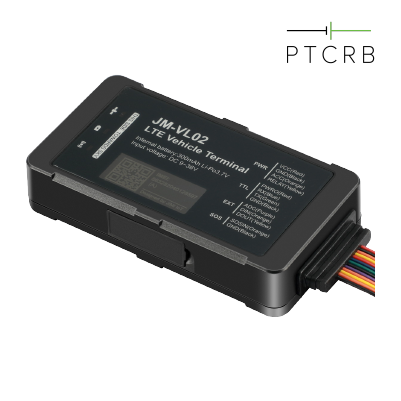Where did the vehicle go? Is the route trajectory compliant? Did the driver show up for work on time? Did you follow the prescribed route? How to issue timely reminders of abnormal driving behaviors of drivers? If there is no one in the car, how to ensure that the car is cut off from fuel and electricity… Fleet management has always been a difficult problem faced by logistics and transportation business operators.

Why is fleet management difficult?
How to solve the above problems, first look at the key points of fleet management:
1.Control the cost of the fleet
Obtain real-time route information and reduce vehicle waiting time. Solve the problem that vehicles cannot be monitored in real time and passively respond to vehicle failures, and improve the overall business operation efficiency.
2. Improve the management level of the fleet
Accurately determine the position of the vehicle. Keep abreast of vehicle status, vehicle dispatch situation, and matching of people and vehicles at any time, and solve the problems of wide business area, large number of vehicles, large amount of information, difficult information communication, and low communication efficiency.
3. Improve driving safety
Monitor irregular driving behaviors such as speeding and sharp turns during vehicle driving to prevent traffic accidents.
Grasping the key points, we can use the Internet of Things technology to realize the transformation and upgrading of traditional fleet management methods. For example, through vehicle positioning and trajectory, enterprises can conduct reasonable scheduling to curb the waste and loss of public resources. Through vehicle data statistics and analysis, enterprises can optimize operation strategies and improve fleet management. Through driving behavior monitoring, enterprises can strictly control vehicle speed and routes to ensure personal and property safety. It can be said that a vehicle management system with the ability to accurately acquire and quickly process information can reduce costs and increase efficiency in fleet management.
How to choose a vehicle management system suitable for the enterprise?
First, we divide the vehicle management system into three main parts:
- Device terminal: the on-board smart device installed directly on the enterprise vehicle.
- Communication transmission: mainly including 4G access module and information sending module.
- Intelligent platform: Responsible for corresponding data processing, including personnel data, map data, vehicle data, alarm data, route data and equipment data.
Among them, equipment terminals and intelligent platforms are important integrated parts, and there are many choices on the market. In this regard, we take the JM-VL02 fleet tracker chosen by many Jimi IoT customers as an example, and give the following specific reference suggestions:
Device terminal
The GPS device is the basis of the whole system. It is responsible for receiving GPS signals, calculating positioning coordinates, and receiving platform control information through the communication network. For fleet management, JM-VL02 fleet tracker has the following basic functions:
1.LTE Cat M1/NB2 & GSM
Communications over IoT-specific LTE networks, with reliable 2G GSM fallback.
2. Remote Cut-Off (Fuel/Power)
The remote oil and power cut-off function means that when the vehicle encounters an emergency, a power-off command can be issued through the computer or mobile APP, so that the vehicle cannot be started normally. By judging whether there is a risky behavior in the vehicle, the enterprise can remotely execute the operation command of cutting off fuel and power to force the vehicle to stop, thereby protecting the safety of the vehicle and the property inside the vehicle.
3. Multiple alarms
The alarm of JM-VL02 fleet tracker is aimed at two abnormal situations. On the one hand, it is about the driver’s abnormal driving behavior. The device can monitor whether the driver has bad driving behavior (rapid acceleration, speeding and vehicle collision, etc.) and remind in time, which is conducive to improving the driver’s driving habits.

On the other hand, there are abnormal conditions of vehicles and equipment, such as equipment disengagement/removal, illegal thread cutting, built-in battery/low power of external power, etc. The monitoring personnel can receive the alarm of the abnormal situation of the vehicle on the platform, and make reasonable and effective processing measures in time.
Multiple alarms can not only improve the safety of driving, but also prevent the target from being stolen and reduce the loss of the enterprise.
Intelligent platform
The intelligent platform is the dispatching command system, and also the core of the remote visual command and monitoring management of the fleet, and is mainly responsible for the corresponding data processing. The intelligent platform can provide enterprises with real-time data processing and analysis, help them optimize their operation strategies and improve their fleet management. The intelligent platform of the JM-VL02 fleet tracker vehicle management system has the following 4 capabilities:
1.High carrying capacity and processing capacity
High payload and processing capacity is a crucial aspect of a vehicle location management system. Taking multi-vehicle management and simultaneous monitoring functions as an example, no matter how far away or how many vehicles, enterprises need to know the dynamics of vehicles anytime and anywhere. Only an intelligent platform with this capability can meet the needs of enterprises for real-time monitoring and management of large-scale targets.
Specifically include the following aspects:
- Scale support: support large-scale device access, and can manage tens of millions of devices at the same time.
- Data processing: With strong data processing capabilities, it can process and analyze a large number of data such as the position, movement trajectory, and residence time of targets.
- Cloud storage: Provide sufficient cloud storage space for storing a large amount of target data and historical records.
2. Open access capability
Open access capability refers to the ability of the platform to integrate with other third-party software, hardware and services. It can help enterprises use existing technologies and resources to share and convert data between different systems, thereby improving the efficiency and accuracy of the entire business process, and enhancing the flexibility and competitiveness of enterprises.
Specifically include the following aspects:
- Multiple device access: support multiple different brands and types of device access, such as GPS locators, OBD devices, etc.
- Multiple protocol support: support multiple communication protocols, such as TCP, JT808/JT1078 and other protocols, to adapt to different devices.
- Open API interface: Provide an open API interface to facilitate integration with other systems, such as the enterprise’s own ERP, CRM, WMS, etc., to achieve seamless docking.
3. Security capability
The ability to secure data means that the smart platform needs to have the ability to protect and encrypt user data, so as to ensure the security and integrity of user data. Through data security measures, enterprises can quickly resume normal business operations in the face of various emergencies, ensuring a better response to risk challenges.
Specifically include the following aspects:
- Security firewall: used to protect the system from unauthorized access and attacks, and prevent malicious software, viruses, etc. from attacking the system.
- Encrypted transmission: Encrypted transmission of data through the use of security protocols to ensure that data will not be stolen or tampered with during transmission.
- Data backup and recovery: regularly back up enterprise data to prevent data loss or damage. At the same time, when the data is damaged, the data can be recovered quickly.
- Access rights control: By setting up access rights to restrict users’ operations on data in the system to ensure data security and integrity.
4. Flexible customization capabilities
The flexible customization capability refers to the personalized design and configuration according to the specific needs and technical architecture of the enterprise, so as to facilitate the connection between the enterprise and other systems. It can help enterprises realize various application scenarios, such as logistics scheduling, operation analysis, and vehicle maintenance. Based on this, enterprises can quickly respond to market changes and customer needs, and improve their competitiveness and innovation capabilities. At the same time, the platform itself can also be continuously upgraded and optimized to adapt to different business scenarios and requirements.
The above content takes the JM-VL02 fleet tracker as an example, introduces the basic functions that fleet management hardware should have, and also emphasizes the importance of the four basic capabilities of the intelligent platform, hoping to provide some reference for enterprises to choose a vehicle location management system .
With the development of the logistics and transportation industry and the advancement and popularization of information technology, fleet trackers have become an important tool to improve efficiency, reduce costs and enhance safety. It can monitor and manage data such as vehicle location, status, and driving trajectory in real time, and provide multiple application scenarios such as logistics scheduling, operation analysis, and vehicle maintenance.
 EN
EN ES
ES PT
PT TH
TH VN
VN JP
JP



